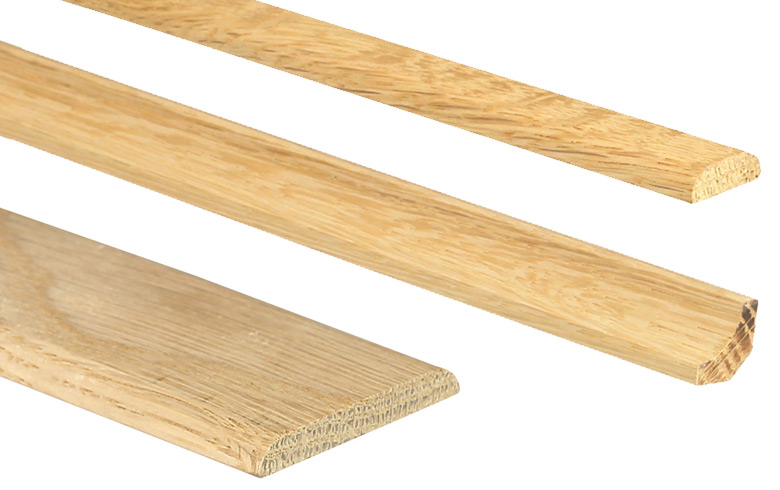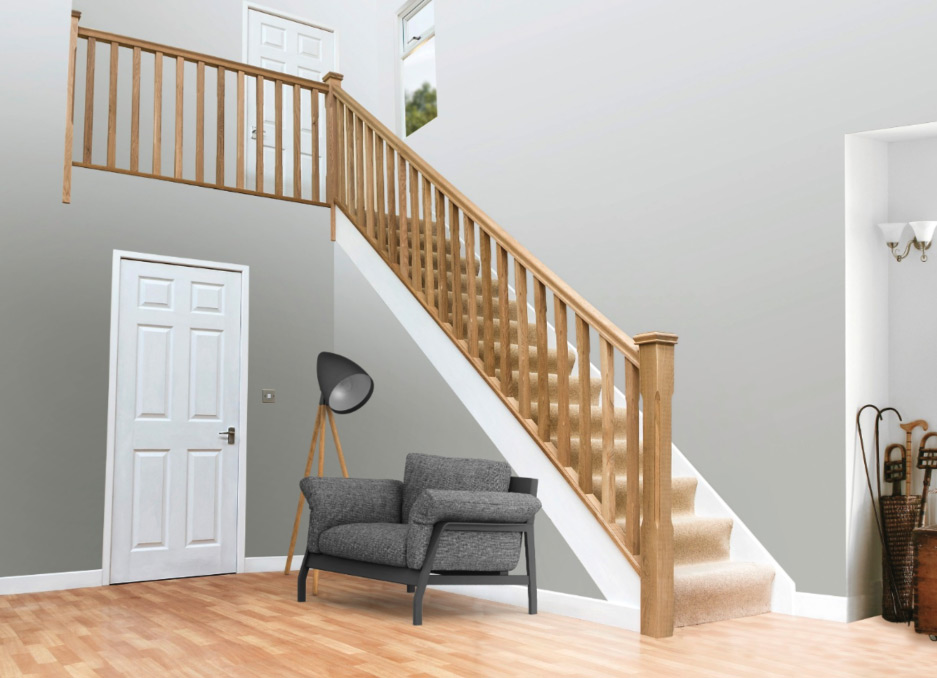
Mouldings
Mouldings FAQs
QUICK LINKS
PART TYPE
BY MATERIAL
RANGE
SUNDRIES
Most woodworking projects benefit greatly from professional finishing touches like timber mouldings. This is because mouldings cover up parts of the house that you don’t necessarily want to see.
Here at Jackson Woodturners, we offer an extensive range of timber staircase mouldings, Covers, Angles and Quadrants in various materials. Our staircase moulding is particularly useful because it helps the stair tread stay protected. Enhance the look of your room with staircase mouldings that’ll give the area a luxurious feel using minimum effort.
Most woodworking projects benefit greatly from professional finishing touches like timber mouldings. This is because mouldings cover up parts of the house that you don’t necessarily want to see.
Here at Jackson Woodturners, we offer an extensive range of timber staircase mouldings, Covers, Angles and Quadrants in various materials. Our staircase moulding is particularly useful because it helps the stair tread stay protected. Enhance the look of your room with staircase mouldings that’ll give the area a luxurious feel using minimum effort.
Most woodworking projects benefit greatly from professional finishing touches like timber mouldings. This is because mouldings cover up parts of the house that you don’t necessarily want to see.
Here at Jackson Woodturners, we offer an extensive range of timber staircase mouldings, Covers, Angles and Quadrants in various materials. Our staircase moulding is particularly useful because it helps the stair tread stay protected. Enhance the look of your room with staircase mouldings that’ll give the area a luxurious feel using minimum effort.




19 Items
19 Items
Mouldings FAQs
Staircase moulding is when you attach two architectural trim pieces to the bottom of the stair tread to help it stay protected. Moulding is fantastic because it can transform your staircase using minimum effort. It’s also great for covering up parts of the house that you do not want to see.
Staircase mouldings are usually made using pine or oak. White oak is a hardwood commonly used for staircase mouldings. It is a popular choice for stair parts due to its strength, durability and luxurious appearance. Pine, on the other hand, is the softwood option. This is an excellent reasonably priced alternative to hardwood for finishing your staircase. It is also a versatile choice for stair parts because it can be stained or painted.
The different types of moulding include:
•Architrave mouldings - Extremely common type of moulding. It is used to cover the area where an internal door frame meets the wall.
•Angle moulding - Protects and neatens rough edges. This type of moulding is most commonly used on the edges of worktops and shelving.
•Glass bead moulding - Typically used to hold glass panels in place on windows and doors.
•Dado rails - Traditionally fitted onto walls roughly halfway to effectively split up the wall.
•Skirting boards - Run along the bottom of a wall and hide gaps.
•Scotia/Quadrant moulding - Cover expansion gaps between floors and walls.
Put simply, moulding is a type of trim. The difference between the two is that trim is a general term used to describe the material used around doors, windows, walls and ceilings whilst moulding is a more grande, decorative version of trim.